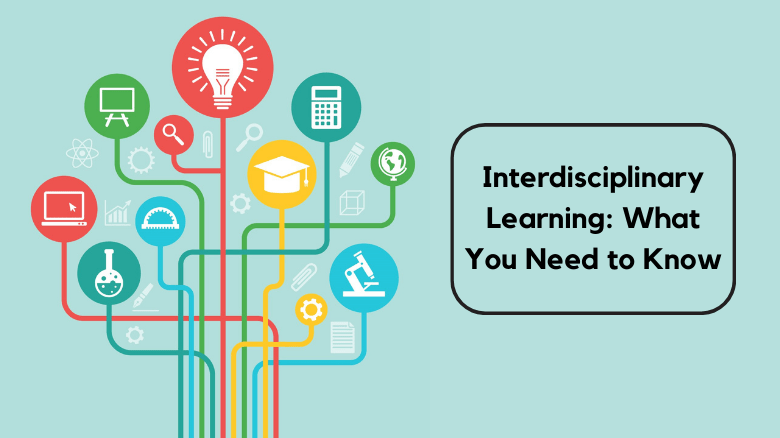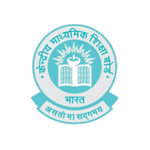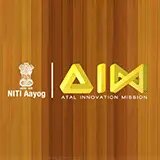Introduction:Interdisciplinary learning techniques have garnered significant attention in recent years for their potential to revolutionize education and better prepare students for the complex, ever-changing world they will face. Unlike traditional, compartmentalized learning that separates subjects into distinct silos, interdisciplinary learning seeks to bridge the gaps between different disciplines, fostering a holistic understanding of knowledge. In this introduction, we’ll explore the various ways in which interdisciplinary learning techniques can be incredibly beneficial, promoting critical thinking, problem-solving, and a deeper appreciation for the interconnectedness of our world. So, let’s embark on a journey into the world of interdisciplinary learning and discover its remarkable advantages. |
Interdisciplinary approach:
In a rapidly evolving world, where the boundaries between fields of knowledge are becoming increasingly blurred, the traditional compartmentalization of education is no longer sufficient. Interdisciplinary learning has emerged as a powerful educational approach that fosters holistic understanding, encourages critical thinking, and prepares individuals for the complex challenges of the 21st century.
Defining Interdisciplinary Learning:
Interdisciplinary learning is more than just a buzzword in education; it’s a transformative approach that transcends the constraints of single-discipline instruction. It involves the integration of knowledge and methods from different academic domains to address complex real-world problems. Let's delve into what makes interdisciplinary learning so unique.
Breaking down the silos:
1.Holistic perspective:
Interdisciplinary learning encourages students to view issues from multiple angles. By incorporating insights from various disciplines, learners gain a more comprehensive and holistic understanding of the subject matter.
2.Crossing boundaries:
This approach transcends the traditional boundaries of subjects like math, science, humanities, and arts. Instead, it encourages students to explore connections and relationships that exist between different fields.
The Benefits of Interdisciplinary Learning:
In the realm of education, interdisciplinary learning techniques are not just a trend; they represent a transformative approach that offers numerous advantages for students, educators, and society as a whole. This educational paradigm shift goes beyond the conventional silos of knowledge, merging diverse fields to create a profound and lasting impact. Let's delve into the significant benefits of interdisciplinary learning:
1.Holistic understanding:
Interdisciplinary learning encourages students to see the bigger picture. By integrating knowledge from various disciplines, learners gain a more comprehensive understanding of complex topics. This holistic approach helps them connect the dots between seemingly unrelated concepts, enabling a deeper level of insight.
2.Critical thinking:
One of the central benefits of interdisciplinary learning is its ability to cultivate critical thinking skills. Students are challenged to analyze information from multiple angles, consider different perspectives, and develop well-rounded viewpoints. This Fosters a capacity for more robust problem-solving and decision-making.
3.Real-world Relevance:
In a world where real-world challenges are rarely confined to a single academic discipline, interdisciplinary learning equips students with the tools to tackle complex, multifaceted issues. It bridges the gap between classroom knowledge and practical application, making education more relevant and impactful.
4.Preparation for future careers:
The job market is evolving rapidly, and employers increasingly seek individuals who can adapt, innovate, and thrive in diverse roles. Interdisciplinary learning nurtures transferable skills such as adaptability, creativity, and collaboration, making graduates better prepared for the dynamic careers of the future.
5.Innovation and creativity:
When students explore connections between different fields, they often stumble upon innovative solutions to age-old problems.
Interdisciplinary learning fuels creativity by encouraging students to think outside the box and blend concepts from seemingly unrelated areas. Interdisciplinary learning fuels creativity by encouraging students to think outside the box and blend concepts from seemingly unrelated areas.
1.Global Perspective:
In our interconnected world, problems often transcend borders. Interdisciplinary learning enables students to understand global issues from various cultural, economic, and social viewpoints. This fosters empathy and a deeper appreciation for the diversity of perspectives that shape our world.
2.Cross-Curricular Application:
Interdisciplinary skills aren’t confined to a single subject. Students who engage in interdisciplinary learning are better equipped to excel across various subjects and seamlessly apply their knowledge in diverse contexts.
3.Life skills:
Beyond academics, interdisciplinary learning imparts essential life skills such as critical analysis, effective communication, and adaptability. These skills are invaluable in personal and professional life, contributing to well-rounded individuals.
4.Problem-solving Process:
Complex, real-world problems often require innovative solutions that cannot be found within the boundaries of a single discipline. Interdisciplinary learners are well-prepared to address these challenges by drawing from a diverse toolkit of knowledge and skills.
5.Interdisciplinary professionals:
As graduates equipped with interdisciplinary expertise enter the workforce, they can contribute to interdisciplinary teams and initiatives more effectively. This facilitates collaboration efforts and fosters a culture of cross-disciplinary innovation.
Implementing Interdisciplinary Learning:
1.Curriculum Design:
To embrace interdisciplinary learning, educational institutions need to revamp their curricula. Courses should be designed to promote cross-disciplinary connections and collaboration.
2.Teacher Training:
Educators play a pivotal role in fostering interdisciplinary learning. They should be trained to facilitate discussions that bridge the gaps between disciplines and encourage critical thinking.
Examples of Interdisciplinary Learning:
1.Environmental studies:
Interdisciplinary learning is relevant in fields like environmental studies, where problems like climate change require insights from science, economics, sociology, and policy-making.
2.Medical humanities:
In medical education, incorporating humanities and social sciences alongside traditional medical training can help doctors better understand the cultural, ethical, and psychological aspects of patient care.
Challenges of Interdisciplinary Learning:
1.Institutional resistance:
Many educational institutions are resistant to change, which can hinder the adoption of interdisciplinary learning. Overcoming bureaucratic barriers can be a significant challenge.
2.Assessment difficulties:
Assessing interdisciplinary work can be challenging. Traditional grading systems may not adequately capture the depth and breadth of students understanding.
Overcoming challenges:
1.Institutional support:
To promote interdisciplinary learning, educational institutions must provide support in the form of resources, faculty development, and a willingness to adapt.
2.Assessment innovation:
Developing new methods of assessment that can evaluate interdisciplinary projects effectively is essential to the success of this approach.
Interdisciplinary Learning Beyond Academia:
1.In the workplace:
In modern workplaces, interdisciplinary skills are highly sought after. Employees who can draw on knowledge from multiple areas can contribute more effectively to innovation and problem-solving.
2.Life-long learning:
Interdisciplinary learning doesn't end with formal education. Encouraging a mindset of lifelong learning can help individuals stay adaptable and open to new ideas throughout their careers.
Conclusion: Embracing the Future of Education
In a world where challenges are increasingly complex and interconnected, interdisciplinary learning is not just an option; it’s a necessity. By breaking down the silos between academic disciplines, this approach equips individuals with the tools they need to thrive in an ever-evolving landscape.
As we move forward, it’s crucial for educational institutions, policymakers, and society at large to recognize the value of interdisciplinary learning and work together to make it a central pillar of our educational system. By doing so, we can better prepare the next generation to tackle the multifaceted challenges of the future.
Unlock the Future of Learning at Vikas Concept School! Our innovative approach to education transcends boundaries, as we embrace the power of interdisciplinary learning. By seamlessly blending knowledge from diverse fields, we’re shaping well-rounded, creative thinkers who are ready to take on the challenges of tomorrow. Visit our website to explore how Vikas the Concept School is revolutionizing education and preparing students for a brighter, more interconnected future!















